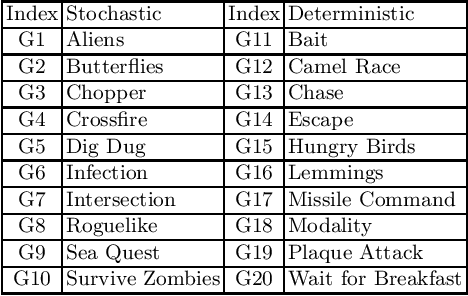Peter Mooney
ChatGPT as a mapping assistant: A novel method to enrich maps with generative AI and content derived from street-level photographs
Jun 05, 2023



Abstract:This paper explores the concept of leveraging generative AI as a mapping assistant for enhancing the efficiency of collaborative mapping. We present results of an experiment that combines multiple sources of volunteered geographic information (VGI) and large language models (LLMs). Three analysts described the content of crowdsourced Mapillary street-level photographs taken along roads in a small test area in Miami, Florida. GPT-3.5-turbo was instructed to suggest the most appropriate tagging for each road in OpenStreetMap (OSM). The study also explores the utilization of BLIP-2, a state-of-the-art multimodal pre-training method as an artificial analyst of street-level photographs in addition to human analysts. Results demonstrate two ways to effectively increase the accuracy of mapping suggestions without modifying the underlying AI models: by (1) providing a more detailed description of source photographs, and (2) combining prompt engineering with additional context (e.g. location and objects detected along a road). The first approach increases the suggestion accuracy by up to 29%, and the second one by up to 20%.
Report on the 2019 Workshop on Smart Farming and Data Analytics
Sep 07, 2020Abstract:The 1st National workshop on Smart Farming and Data Analytics took place at Maynooth University in Ireland on June 12, 2019. The workshop included two invited keynote presentations, invited talks and breakout group discussions. The workshop attracted in the order of 50 participants, consisting of a mixture of computer scientists, general scientists, farmers, farm advisors, and agricultural business representatives. This allowed for lively discussion and cross-fertilization of ideas. And showed the significant interest in the smart farming domain, the many research challenges faced in the space and the potential for data analytics and information retrieval here.
Statistical Tree-based Population Seeding for Rolling Horizon EAs in General Video Game Playing
Aug 30, 2020



Abstract:Multiple Artificial Intelligence (AI) methods have been proposed over recent years to create controllers to play multiple video games of different nature and complexity without revealing the specific mechanics of each of these games to the AI methods. In recent years, Evolutionary Algorithms (EAs) employing rolling horizon mechanisms have achieved extraordinary results in these type of problems. However, some limitations are present in Rolling Horizon EAs making it a grand challenge of AI. These limitations include the wasteful mechanism of creating a population and evolving it over a fraction of a second to propose an action to be executed by the game agent. Another limitation is to use a scalar value (fitness value) to direct evolutionary search instead of accounting for a mechanism that informs us how a particular agent behaves during the rolling horizon simulation. In this work, we address both of these issues. We introduce the use of a statistical tree that tackles the latter limitation. Furthermore, we tackle the former limitation by employing a mechanism that allows us to seed part of the population using Monte Carlo Tree Search, a method that has dominated multiple General Video Game AI competitions. We show how the proposed novel mechanism, called Statistical Tree-based Population Seeding, achieves better results compared to vanilla Rolling Horizon EAs in a set of 20 games, including 10 stochastic and 10 deterministic games.
Neuroevolution in Deep Neural Networks: Current Trends and Future Challenges
Jun 09, 2020



Abstract:A variety of methods have been applied to the architectural configuration and learning or training of artificial deep neural networks (DNN). These methods play a crucial role in the success or failure of the DNN for most problems and applications. Evolutionary Algorithms (EAs) are gaining momentum as a computationally feasible method for the automated optimisation and training of DNNs. Neuroevolution is a term which describes these processes of automated configuration and training of DNNs using EAs. While many works exist in the literature, no comprehensive surveys currently exist focusing exclusively on the strengths and limitations of using neuroevolution approaches in DNNs. Prolonged absence of such surveys can lead to a disjointed and fragmented field preventing DNNs researchers potentially adopting neuroevolutionary methods in their own research, resulting in lost opportunities for improving performance and wider application within real-world deep learning problems. This paper presents a comprehensive survey, discussion and evaluation of the state-of-the-art works on using EAs for architectural configuration and training of DNNs. Based on this survey, the paper highlights the most pertinent current issues and challenges in neuroevolution and identifies multiple promising future research directions.
 Add to Chrome
Add to Chrome Add to Firefox
Add to Firefox Add to Edge
Add to Edge